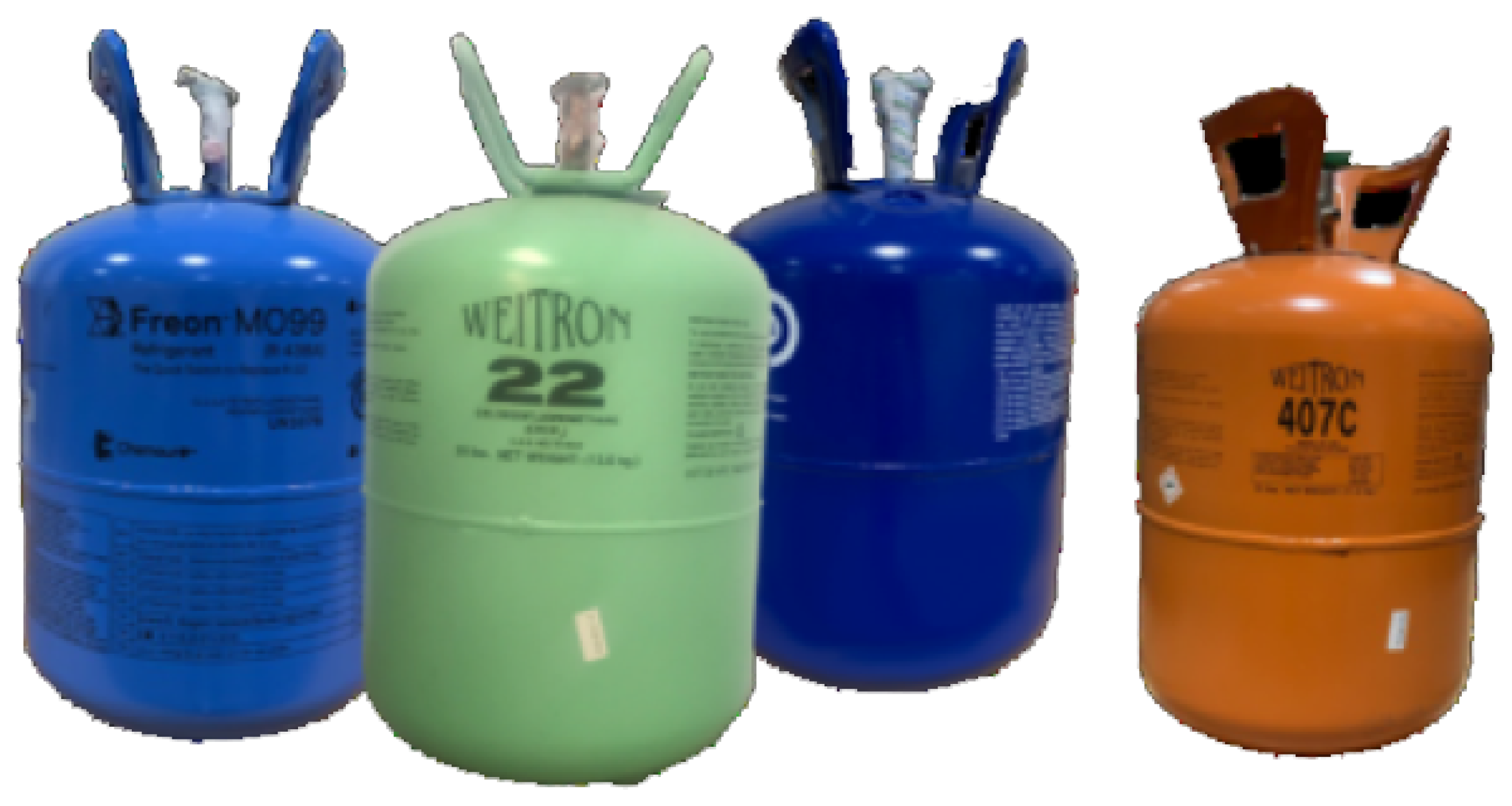
R-22 was the most common refrigerant used in HVAC systems for decades. However, R-22 is a Chlorofluorocarbon (CFC) which has been phased out under the Montreal Protocol since it is an ozone-depleting substance. In fact, starting in 2020, it is illegal to produce R-22 in the United States. Consumers can still operate existing R-22 systems using gas which was produced before 2020 (allowing them to replace aging A/C equipment in an appropriate manner), but R-22 supplies will not last forever. A variety of replacements provide alternatives that can be used without replacing R-22 systems.
There are two categories of R-22 Hydrofluorocarbon (HFC) replacements: drop-ins and retrofits.
Drop-in replacements can use the same type of oil as R-22, so there is no need to change the oil before introducing a new refrigerant to the system. A few examples of R-22 drop-in replacements are R-438a (MO99), R-422b, R-422d, and R-427a.
Retrofit replacements require an oil change to a lubricant that will be miscible with the new refrigerant gas. A common example of a retrofit replacement is R-407c, which is miscible with POE oil, and not mineral oil.
Starting in 2010, the EPA no longer allowed the manufacturing of R-22 equipment. Manufacturers began making R-410a-based home air conditioning systems to provide new units that utilized an HFC instead of a CFC. Despite being used in the same application, R-410a cannot be used in R-22 units or vice versa. This is because R-410a systems operate at much higher pressures than R-22 systems.
As current regulations seek to phase out HFCs for lower global warming potential alternatives, there is the possibility that R-410a will be soon be replaced as well. Hydrofluoroolefins (HFOs) appear to be the future of refrigerants as they are non-ozone depleting substances that have lower global warming potentials than HFCs and none of the ozone-depleting qualities of CFCs.

